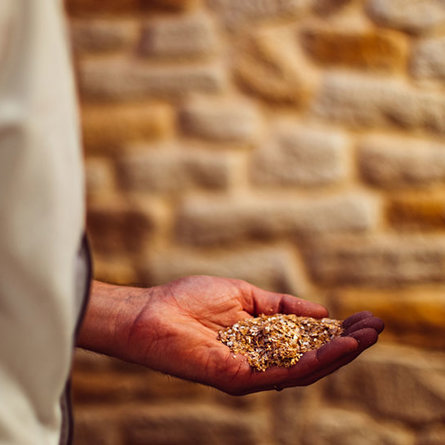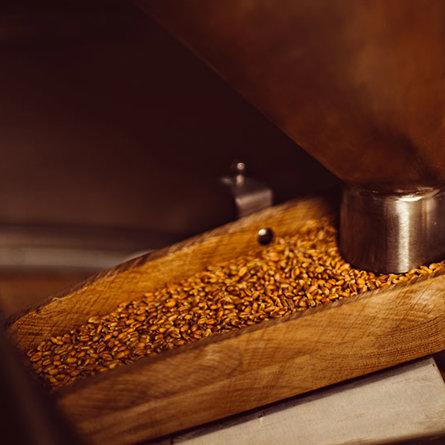Living bread
A Working Mill Beneath The Palace
In the heart of the French capital, a mill has been erected at Le Bristol Paris, symbolizing a return to our roots and unique know-how. From this mill comes the "Living bread", 100% natural.
read more



In the heart of the French capital, a mill has been erected at Le Bristol Paris, symbolizing a return to our roots and unique know-how. From this mill comes the "Living bread", 100% natural.


